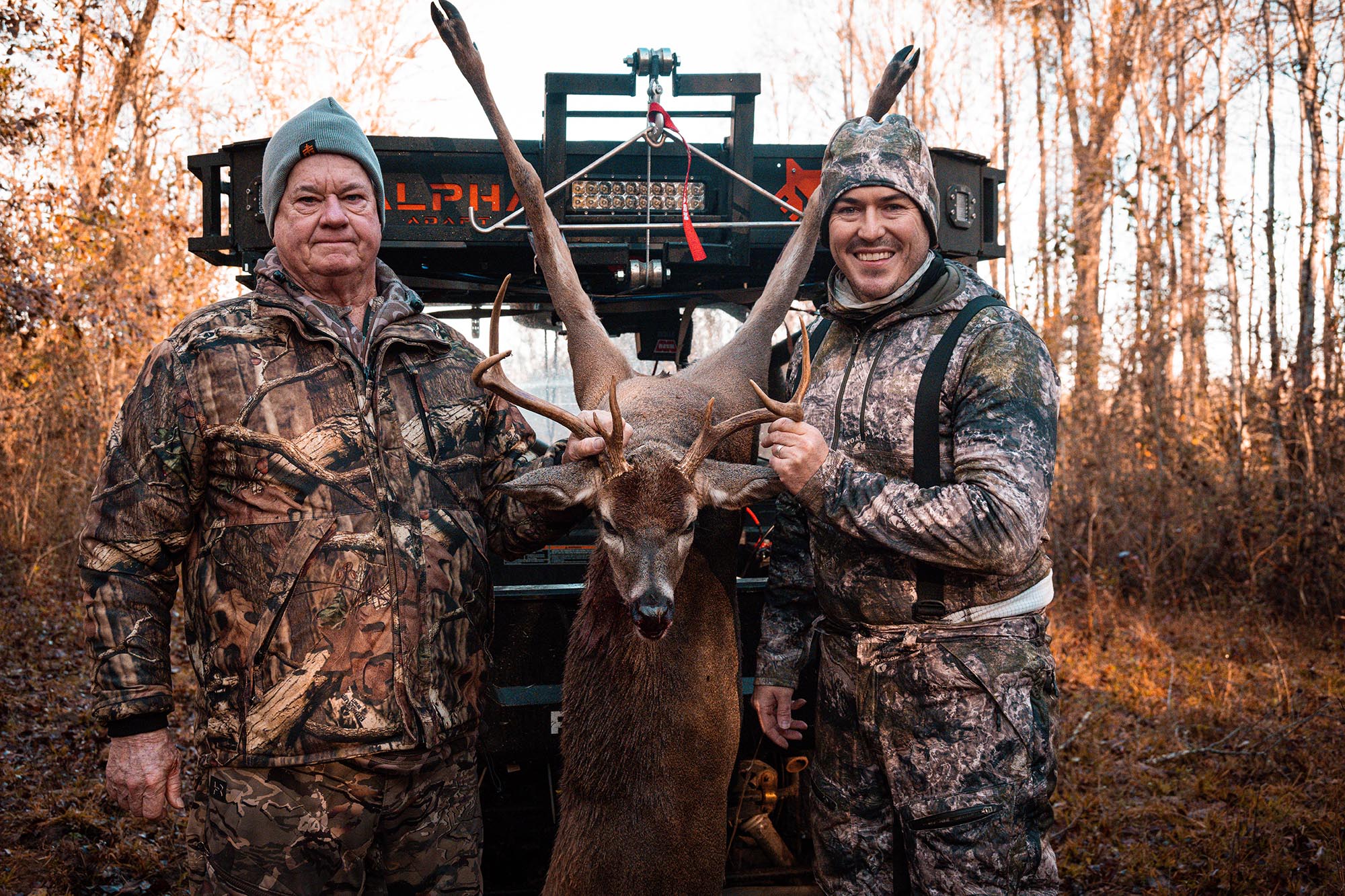By Haiden Mensick (Alpha Ambassador)

Waterfowl habitat. Hours have been spent on this topic around many campfires at duck camp. As water fowlers, we are constantly thinking about ways to make our hunts more successful. One of the biggest things you can do to improve your success is make your duck holes desirable to ducks. Having water is important but having food to hold and attract ducks is even more important. The more I duck hunt, the more interest I have in providing habitat + food for our northern feathered friends.
Now, I claim to be no expert on waterfowl habitat. I have spent a lot of time and wasted a lot of money through trial and error but every now and then we luck out and the stars align. There are a lot of great resources out there to learn about duck habitat improvement — YouTube, books, your local county extension agent, wildlife biologists, and the best ones I have found — “old timers” at the duck club.

There are a few different types of habitat that you can create for waterfowl.
- Hot Crops — corn, milo, rice, beans. Although this can be expensive, these are my personal favorites. Rice can easily be planted in your duck holes and compared to some of the others that I mentioned, rice is realistically inexpensive to plant for ducks. Corn is my favorite crop that we plant at our duck club. Having farmers that “farm for ducks” really helps the cause but if you do not have a farmer that’s on board with the program, you can plant corn on your own if you have the equipment. Where I hunt in the delta, it is common for farmers to leave beans in the fields for the ducks. This provides a food source and provides great roosting habitat. Milo is another food source that can easily be planted with very little cost and provides a great yield for the money.
- Moist Soil. God’s duck food. This is by far the least expensive and easiest option for waterfowl habitat. On this, timing is everything. The timing of the “drawdown” of your water is crucial. Certain moist soil plants will germinate in certain soil temperatures/conditions following a drawdown. Pennsylvania smartweed, barnyard grass, wild millets, and many others are among a duck’s favorite moist soil plants. We try our best to utilize the areas of the farms we hunt that cannot be planted with equipment for moist soil. This takes very little equipment, most folks use a sprayer on an ATV and a cheap battery-powered sprayer to aid in their efforts. We have found that certain ducks at certain times of the year prefer our moist soil impoundments over hot crops. Why? It’s my opinion that it has something to do with the invertebrates that these plants attract. Bugs = duck food.

I have found that building waterfowl habitat is more of an art than a skill. It takes time, sweat, labor and patience. Mother Nature is always going to throw you a curveball when you least expect it, so be ready for that. There’s no science behind it either. It’s trial and error and once you figure it out, stick with it. Don’t change your program. Remember the old saying, “if it ain’t broke, don’t fix it.”
One of the most rewarding things for me as a waterfowl hunter is watching ducks use the habitat that we created. They migrate thousands of miles and get shot at the whole way down. It's our job as conservationists and hunters to provide them with what they need to make it back home when their journey is over.








